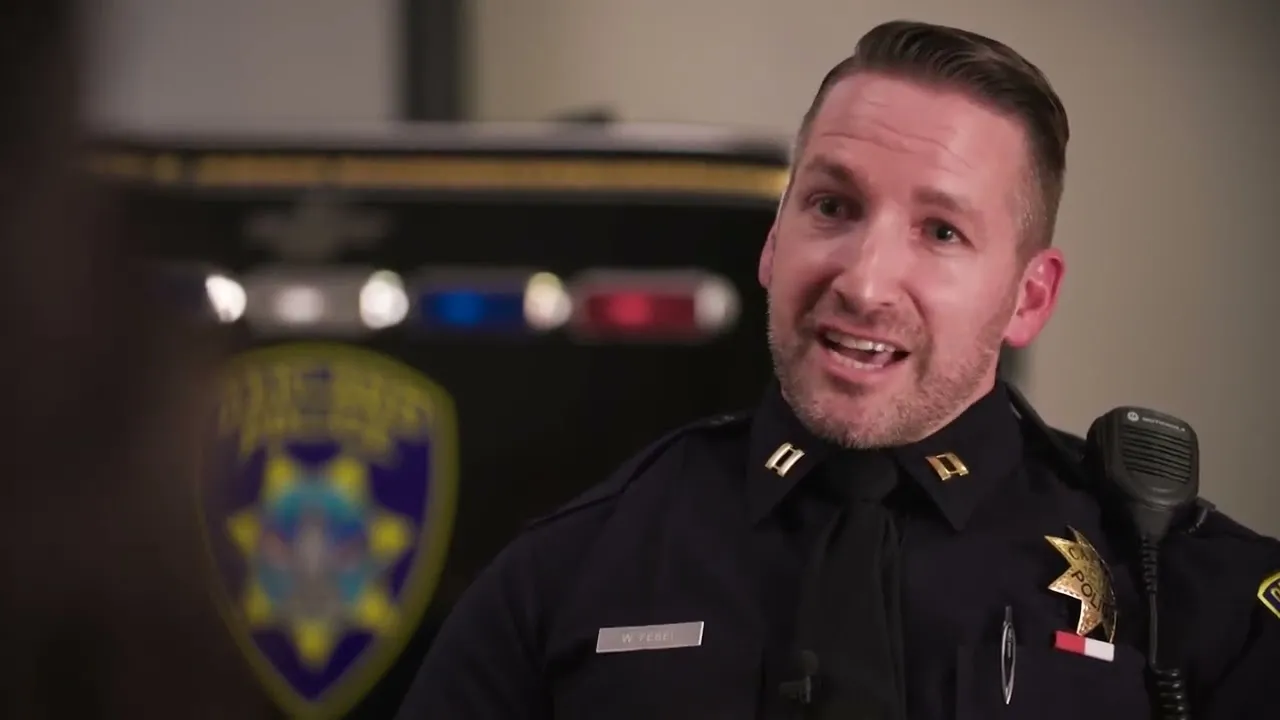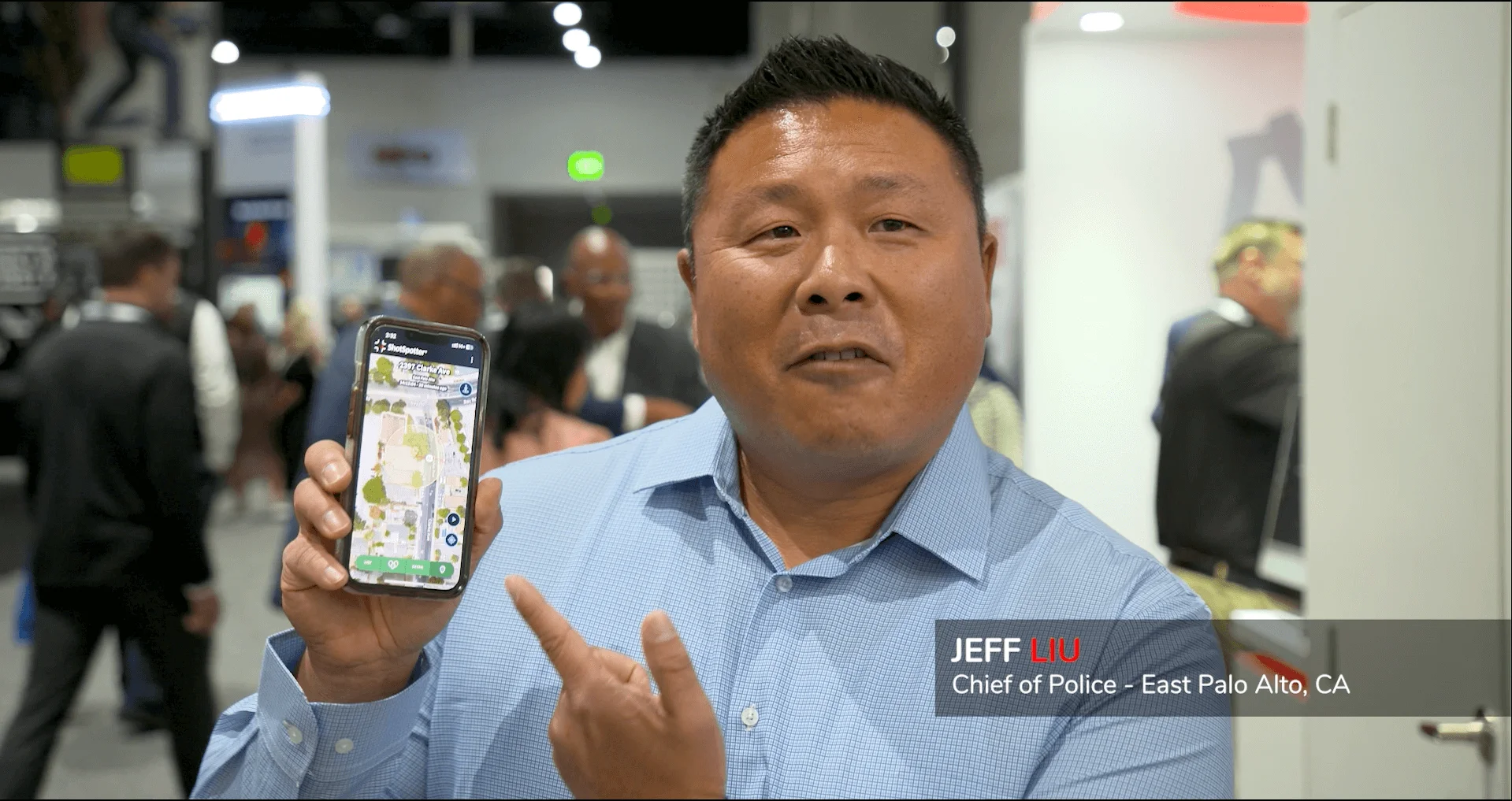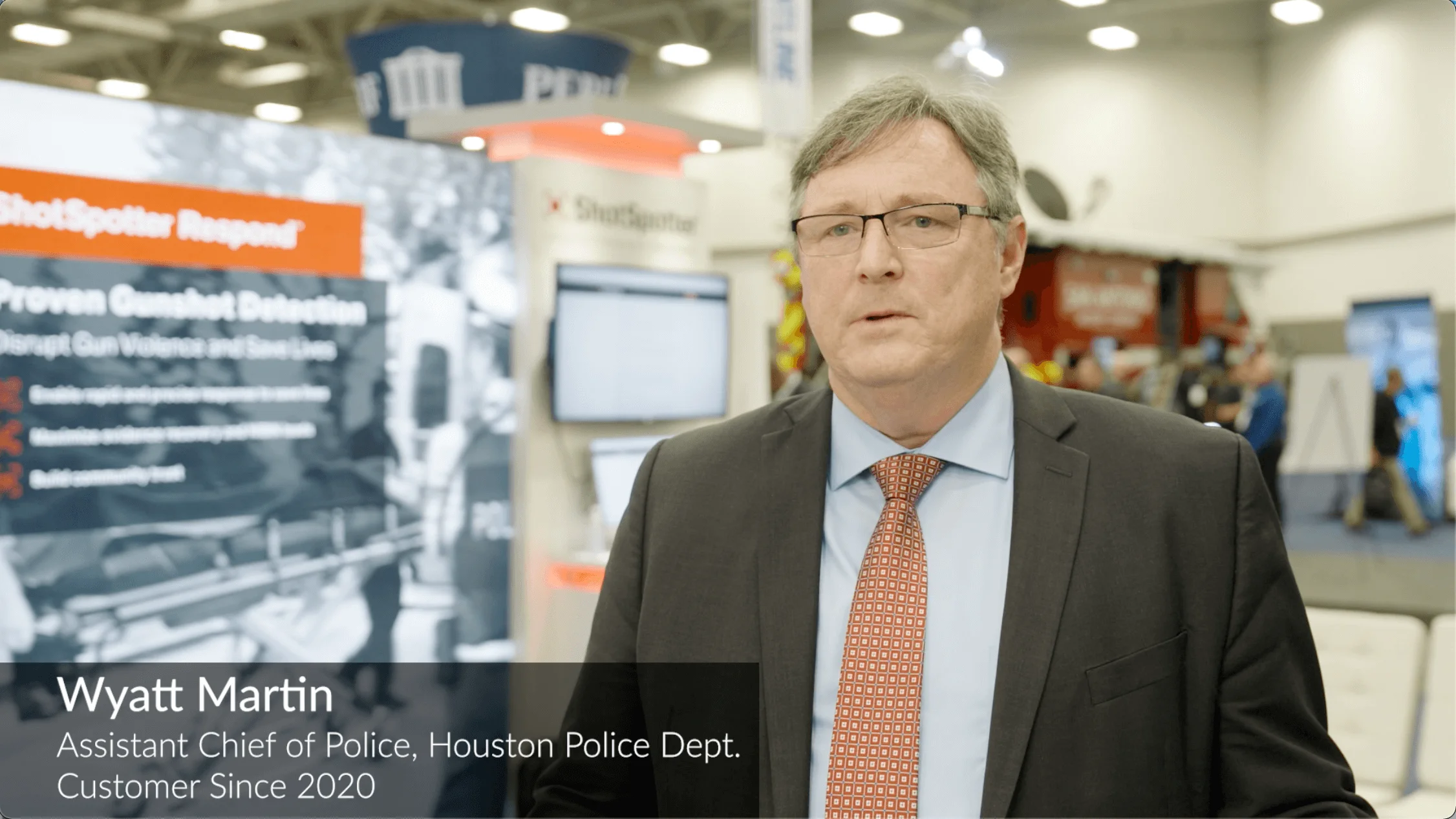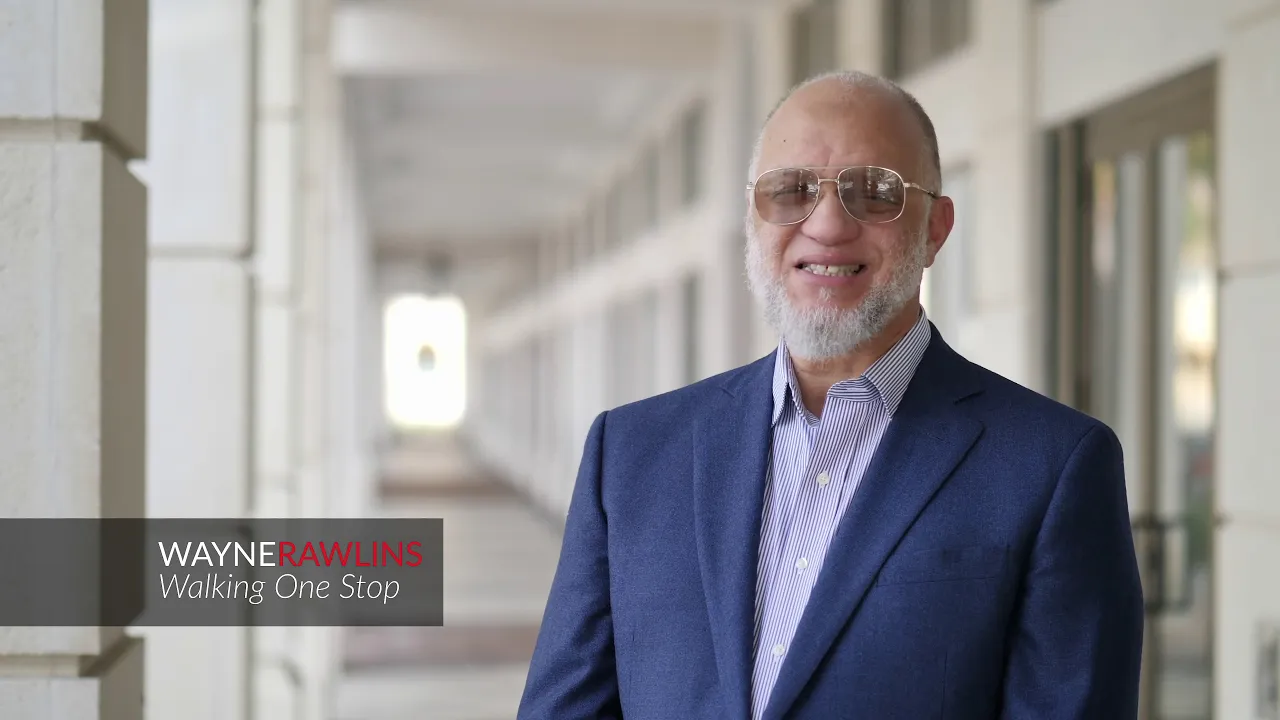ShotSpotter® Gunshot Detection Impact on Public Safety
Contact UsOne critical tool in the SafetySmart™ Platform is ShotSpotter, an acoustic gunshot detection system that alerts officers of virtually all gunfire within a city’s ShotSpotter coverage area — enabling fast, precise response, improved evidence collection, and stronger police-community relations.
“Only 12% of gunfire incidents result in a 911 call to report gunshots.”
“With statistical confidence, we can say that ShotSpotter implementation led to the police being alerted to four times as many gunshot incidents during the study period. Before ShotSpotter was implemented, the average number of calls for service to report gunshots was seven per month. After ShotSpotter was implemented, the average number of reported gunshot calls for service increased to 31 per month.”
Source: Carr, J. 2021. “Measuring the Effects of ShotSpotter on Gunfire in St. Louis County, MO.” Policing Project at New York University School of Law.
"ShotSpotter alerts get dispatched more than 5 minutes faster than calls by residents, which is statistically significant."
Source: Center for Crime Science and Violence Prevention (CCSVP) 2023, "A Cost-Benefit Analysis of ShotSpotter in Winston-Salem"
“By analyzing nine years of gun violence data from Camden, I uncovered that without ShotSpotter, police took an average of 5.4 minutes to respond compared with only 3.7 minutes when ShotSpotter was activated.”
Source: Goldenberg, A., D. Rattigan, M. Dalton, J. P. Gaughan, J. S. Thomson, K. Remick, C. Butts, and J. P. Hazelton. 2019. “Use of ShotSpotter Detection Technology Decreases Prehospital Time for Patients Sustaining Gunshot Wounds.” Journal of Trauma and Acute Care Surgery 87(6): 1253–1259.
“Not only are officers dispatched faster compared to traditional citizen reports for shots fired (1.5 min for AGLS incidents versus 2.6 min for citizens reports), but they also complete their investigation in less time (averaging almost half an hour per citizen report, compared to less than 11 min per AGLS incident.”
Source: Mares, D., and E. Blackburn. 2012. “Evaluating the Effectiveness of an Acoustic Gunshot Location System in St. Louis, MO.” Policing: A Journal of Policy and Practice 6: 26–42.
AGDS tend to provide accurate locational data, meaning that officers arrive at more precise locations.
Source: Mares, D. 2022. “Gunshot Detection - Reducing Gunfire through Acoustic Technology,” Smart Policing.
“Research published in the Journal of Trauma and Acute Care Surgery found that there was a 25% decrease in police transport time and a 20% decrease in EMS transport time.”
Source: Maher, Zoe, J. Beard, E. Dauer, M. Carroll, S. Forman, G. Topper, A. Pathak, T. Santora, L. Sjoholm, H. Zhao, A. Goldenberg. 2021. “Police transport of firearm-injured patients. More often and more injured.” The Journal of Trauma and Acute Care Surgery.
The activation of the ShotSpotter technology increased the likelihood of police transport of gunshot victims…This technology may be beneficial in enhancing the care of victims of penetrating trauma.”
Source: Goldenberg, A., D. Rattigan, M. Dalton, J. P. Gaughan, J. S. Thomson, K. Remick, C. Butts, and J. P. Hazelton. 2019. “Use of ShotSpotter Detection Technology Decreases Prehospital Time for Patients Sustaining Gunshot Wounds.” Journal of Trauma and Acute Care Surgery 87(6): 1253–1259.
“When separating the cases by the type of crime, we observed 50.0% of homicide cases involving a firearm were noted to have retrieved shell casings in the time period prior to GDT, and this increased to 88.9% after the implementation. Robbery cases with shell casings saw a larger increase, from 11.8% to 41.2% before and after GDT.“
Source: Lawrence, D., N. La Vigne, and P. Thompson. 2019. "Evaluation of Gunshot Detection Technology to Aid in the Reduction of Firearms Violence." Washington, DC: Urban Institute.
“According to data tracked by WSPD, out of 1,567 unique shooting incidents with complete data, casings were recovered in 581 incidents (37.1%) with a total of 1,577 casings.”
Source: Center for Crime Science and Violence Prevention (CCSVP) 2023, "A Cost-Benefit Analysis of ShotSpotter in Winston-Salem"
“Police survey responses about the [AGDS] technology were positive, reporting that it enabled quicker identification of a crime scene, enhanced evidence collection, facilitated prosecution, and provided faster aid to victims.”
Source: Mares, D. 2022. “Gunshot Detection - Reducing Gunfire through Acoustic Technology,” Smart Policing.
“There were 129 NIBIN notifications regarding an incident that occurred during the ShotSpotter deployment. Of these, 32% included a match to a ShotSpotter-identified shooting. This proportion is remarkable considering the 129 notifications were for all of Clark County, while ShotSpotter was limited to just six square miles of coverage.”
Source: Koren, D. 2018. ShotSpotter Pilot Assessment. Las Vegas, NV: Las Vegas Police Metropolitan Police Department.
Additional notes for context: Clark County is 8,061 square miles and the deployment was less than 0.1% of the county geographically (6 square miles), while 32% of NIBIN matches were from ShotSpotter.
The National Integrated Ballistic Information Network (NIBIN) automates ballistics evaluations and provides actionable investigative leads in a timely manner.
Gun violence is a complex issue and there is no single solution for it. However, studies have shown that ShotSpotter can contribute to reductions when used as part of a comprehensive gun crime response strategy by helping police respond quickly and precisely to incidents of gunfire, the majority of which are never called into 911. It helps them to save the lives of victims, collect evidence and find witnesses to help investigations that can lead to the identification and prosecution of offenders.
“A study conducted in Cincinnati observed that serious gun violence is about 46% lower compared to the pre-treatment period and control tract simultaneously.”
Source: Mares, D.2021. “Evaluating an Acoustic Gunshot Detection System in Cincinnati.” In E. Groff and C. Haberman, eds. Forthcoming. The Study of Crime and Place: A Methods Handbook. Philadelphia, PA: Temple University Press.
“Across the eight police beats with ShotSpotter, reported assaults, which include gun-related assaults, declined by about 30 percent following the implementation of the technology relative to comparable areas without it.”
Source: Carr, Jillian. 2021. “Measuring the Effects of ShotSpotter on Gunfire in St. Louis County, MO.” Policing Project at New York University School of Law.
“Deployment of ShotSpotter is related to a reduction in violent gun crimes. Aggravated assaults are down 26% comparing before-after results in the ShotSpotter area. Comparable area and overall city numbers indicate an increase in aggravated assaults during the same period. Comparatively assaults are down 38% in the ShotSpotter community.”
Source: Center for Crime Science and Violence Prevention (CCSVP) 2023, "A Cost-Benefit Analysis of ShotSpotter in Winston-Salem"
“Gunshot detection technology is a tool for addressing firearm violence that is most effective when law enforcement agencies thoroughly incorporate it into day-to-day procedures and operations. Although GDT’s accuracy has been thoroughly documented, its impacts on crime depend squarely on its implementation.”
Source: La Vigne, N., P. Thompson, D. Lawrence, and M. Goff. 2019. “Implementing Gunshot Detection Technology Recommendations for Law Enforcement and Muinicipal Partners.” Urban Institute.

Pittsburgh, PA
U.S.
66%
support the use of acoustic gunshot detection technology by law enforcement
69%
of respondents identifying as Hispanic support the use of gunshot detection technology by law enforcement
Source: Teale, Chris. 2021. “3 in 5 Adults Back the Use of Gunshot Detection generally. Even More Support Its Use By Law Enforcement”. Morning Consult.
CHICAGO | ILLINOIS
72%
of respondents in Chicago support the use of gunshot detection technology
67%
of respondents identifying as African American have a favorable view of ShotSpotter
Source: Chicago Community Sentiment Survey on Crime and Gunshot Detection. 2022. Fallon Research & Communications Inc. and the National Policing Institute
CINCINNATI | OHIO
95%
agree ShotSpotter is an effective way to reduce crime
89%
would recommend ShotSpotter to other neighborhoods
Source: Cincinnati Police Department: Price Hill ShotSpotter Survey Evaluation Report
“We’re implementing technology, whether it’s ShotSpotter, whether it’s the Real Time Crime Center, to fight the crime the best that we can, but we need the help of the community because they’re the ones living there,” said Capt. Amy Gauldin with the department’s criminal investigations division.Read More
Read MoreTwo Chicago police officers were first on scene for a ShotSpotter alert and credited with saving a 13-year-old by immediately transporting the boy in their squad car.
Read MoreThe responding officers utilized the ShotSpotter application system to pinpoint the exact location of the reported gunshots that were fired and conducted a physical inspection in the area.
In Chicago, shootings are down 20% through the end of summer and homicides have fallen 16%. That means 101 fewer people were shot this year than last.Read More
Newly expanded ShotSpotter tech caught a suspect with a cache of weapons.watch now
Springfield Police responded to a ShotSpotter alert. Two suspects were found at the scene. Several spent shell casings and suspected cannabis were also found near the home identified by ShotSpotter.read more
Officers first responded to the scene for a ShotSpotter alert of multiple rounds fired. They gave aid to the victim until he was transported to an area hospital.read more
Columbia Police responded to two ShotSpotter alerts. The male victim was found outside of a residence with serious injuries. An officer initially rendered first aid before EMS arrived.read more
read moreShe was rushed to the hospital in critical condition but later died, police said. The woman was eight months pregnant and doctors were able to deliver her baby, who remains in critical condition.
read moreSacramento police officers made 10 gun-related arrests throughout the weekend, resulting in nine illegal firearm seizures and at least 94 rounds of bullets recovered. Of the 19 shootings recorded by ShotSpotter, 13 were not reported to law enforcement.
read morePittsburgh police officers responding to a Shotspotter alert find gas line ruptured by gunfire; homes evacuated
Rochester police officer discovered a 39-year-old male shot in the chest by responding to a ShotSpotter activation. The coordinated effort by officers, investigators, & crime analysts resulted in the quick arrest of a parolee, and recovery of 2 illegal guns.Read More
Followed by timely dissemination of intel to the field & FIO, the illegal gun was removed and the person in possession was arrested.Read More
Read MoreMany thankful the suspect was stopped almost immediately. Police Chief Jerry Dyer attributes officer's quick response to ShotSpotter technology.
Read MoreTen of the incidents happened on or next to the apartment complex. Glendale investigators found a lot of shell casings, in large part due to Shotspotter technology.
Read MoreUna alerta del Sistema de detección de disparos “Shot Spotter” llevó a los agentes del precinto de Monte Hatillo hasta el Residencial Jardines de Campo Rico, en Río Piedras, donde en la madrugada de hoy arrestaron a un individuo al que le ocuparon una pistola y narcóticos.
Read More“There are 16 people, 16 less families affected by gun violence in the city right now..." Illegal firearms recoveries up 33%
Read MorePolice say no one called 911 about shots being fired, but the gunshot was picked up by the new ShotSpotter technology.




